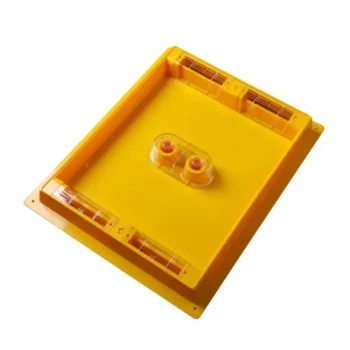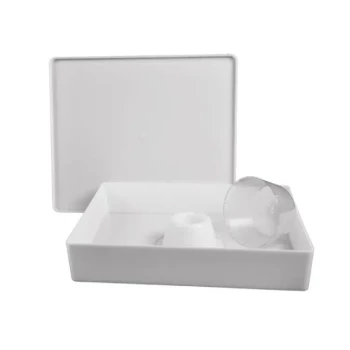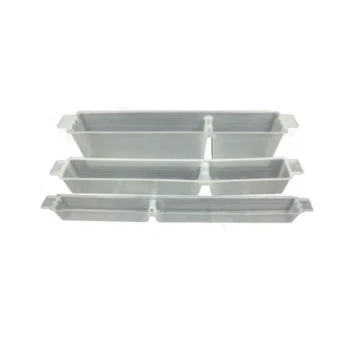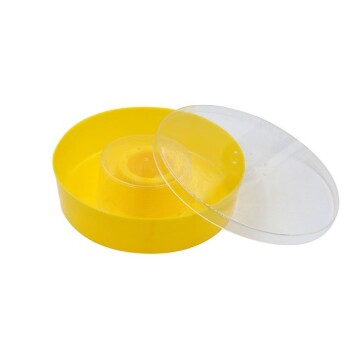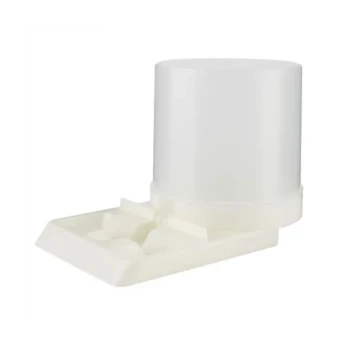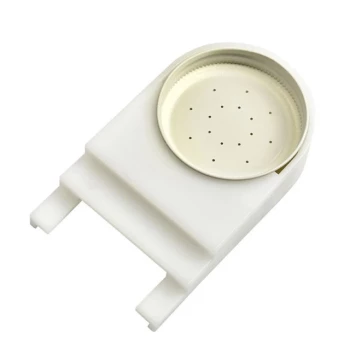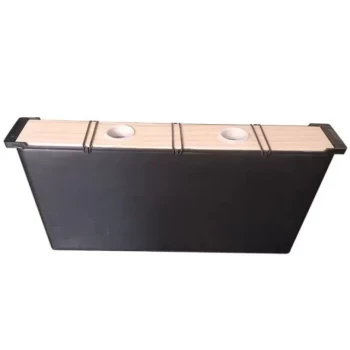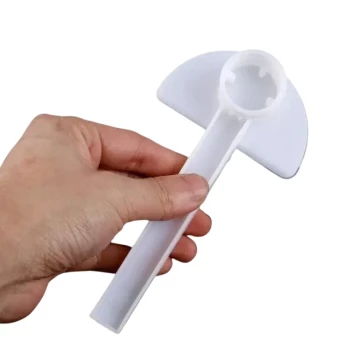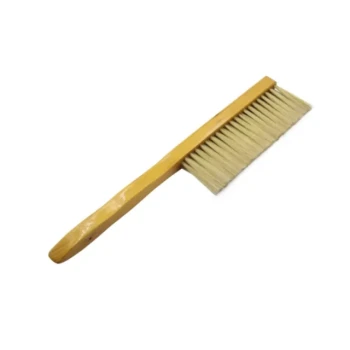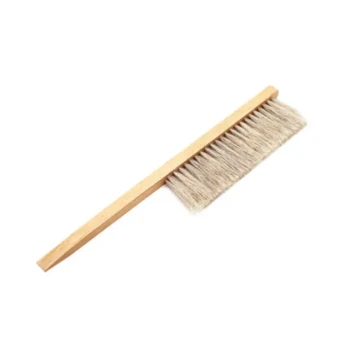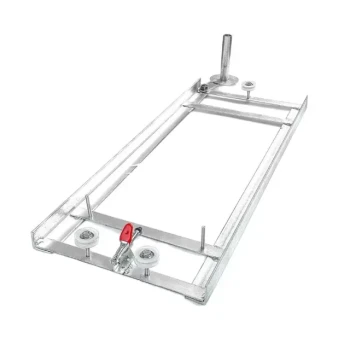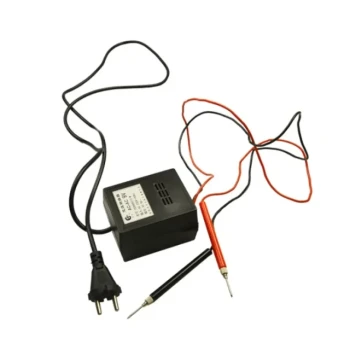The best feeder for a beehive is not a single product, but rather a specific tool chosen for a particular goal. Your choice depends on the size of your operation, the time of year, and whether your priority is capacity, convenience, or colony protection. Generally, hive-top feeders offer the best balance of capacity and safety for most beekeepers, while internal feeders provide targeted support for smaller colonies.
The central challenge in feeding bees is providing nutrition without introducing new problems like drowning, chilling the hive, or attracting robber bees. The ideal feeder is the one that best mitigates these risks for your specific situation.
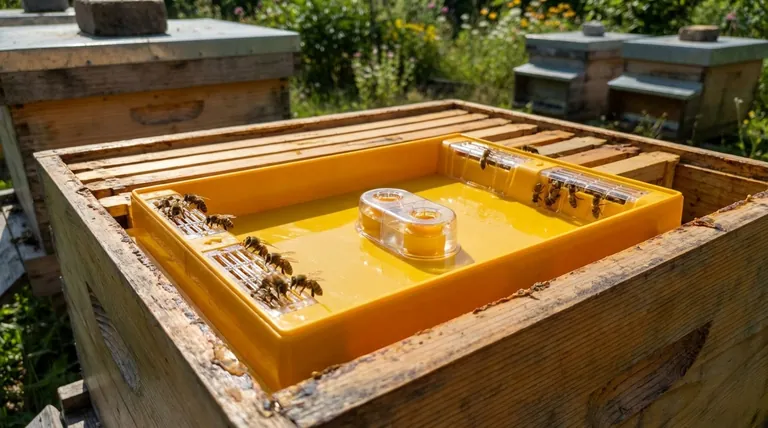
A Guide to the Primary Feeder Types
Choosing a feeder involves understanding three main designs, each with distinct advantages and disadvantages. Your apiary's needs will dictate which one is the most effective tool for the job.
Hive-Top Feeders: The All-Rounder
These feeders are placed on top of the uppermost hive box, directly over the inner cover's central hole. An empty hive box is then placed around the feeder for protection before the outer cover is put on top.
This category includes Miller-style feeders, which are large troughs, and simple inverted containers like buckets or jars with small holes in the lid. Their primary benefit is large capacity, allowing you to provide gallons of syrup at once. This minimizes how often you need to disturb the hive.
Internal "Frame" Feeders: The Protected Choice
Also known as division board feeders, these are thin plastic containers shaped like a frame. They hang inside the hive body, taking the place of one or two of the brood or honey frames.
Because they are inside the hive, the syrup is kept warm by the cluster and is completely protected from outside robbers like wasps or other bees. This makes them an excellent choice for nurturing new or weak colonies that cannot defend themselves well.
Entrance Feeders: The Risky Convenience
These small feeders, often called Boardman feeders, consist of an inverted jar that sits on a small tray wedged into the hive entrance. They are common in beginner kits because they are cheap and easy to monitor and refill.
However, most experienced beekeepers avoid them. Their placement at the entrance is a blatant advertisement for robber bees and wasps, which can lead to the destruction of a weak colony. Their small capacity also requires constant refilling, making them impractical for serious feeding.
Understanding the Trade-offs
No feeder is perfect. Your decision requires balancing capacity against potential dangers to the colony.
Capacity vs. Disturbance
Hive-top feeders are the clear winners for capacity, holding one to three gallons. This is ideal for fall feeding when a colony needs to store a large volume of syrup for winter. Internal and entrance feeders hold much less, requiring more frequent refills and hive intrusions.
Robbing and Pest Prevention
Internal frame feeders are the most secure, as the food source is entirely contained within the hive. Hive-top feeders are also quite secure when used correctly. Entrance feeders are by far the worst, actively attracting pests and robbers to the weakest point of the hive.
Bee Safety and Drowning Risk
Drowning is a significant risk with any open-style feeder. Internal frame feeders can be major drowning hazards unless they come with or you add "floats" (like pieces of wood or plastic mesh) for the bees to stand on. Screened Miller-style hive-top feeders are designed specifically to prevent drowning.
Making the Right Choice for Your Colony
Ultimately, the feeder must match your specific goal. Use this guide to determine the best tool for your situation.
- If your primary focus is heavy feeding with minimal disturbance: Choose a large-capacity hive-top feeder (Miller or bucket style) to quickly build up winter stores.
- If your primary focus is protecting a small or developing colony: Use an internal frame feeder to prevent robbing and keep the syrup warm and close to the brood.
- If your primary focus is short-term supplemental feeding in a safe environment: An entrance feeder can suffice, but you must monitor it closely for any signs of robbing.
By understanding these core trade-offs, you can confidently select the right tool to ensure your colony remains healthy and well-fed.
Summary Table:
| Feeder Type | Best For | Key Advantage | Key Disadvantage |
|---|---|---|---|
| Hive-Top Feeder | Heavy feeding, minimal disturbance | Large capacity, reduces hive intrusions | Requires proper setup for security |
| Internal Frame Feeder | Small/weak colonies, winter feeding | Protects from robbers, keeps syrup warm | Smaller capacity, risk of drowning |
| Entrance Feeder | Short-term feeding (use with caution) | Easy to monitor and refill | High risk of robbing, attracts pests |
Ready to equip your apiary with the right feeders?
As a trusted wholesale supplier for commercial apiaries and distributors, HONESTBEE provides the durable, high-capacity feeding equipment you need to support colony health and productivity at scale. Our range of hive-top and internal frame feeders is designed for the demands of professional beekeeping.
Contact our team today to discuss your wholesale needs and ensure your colonies are fed for success.
Visual Guide
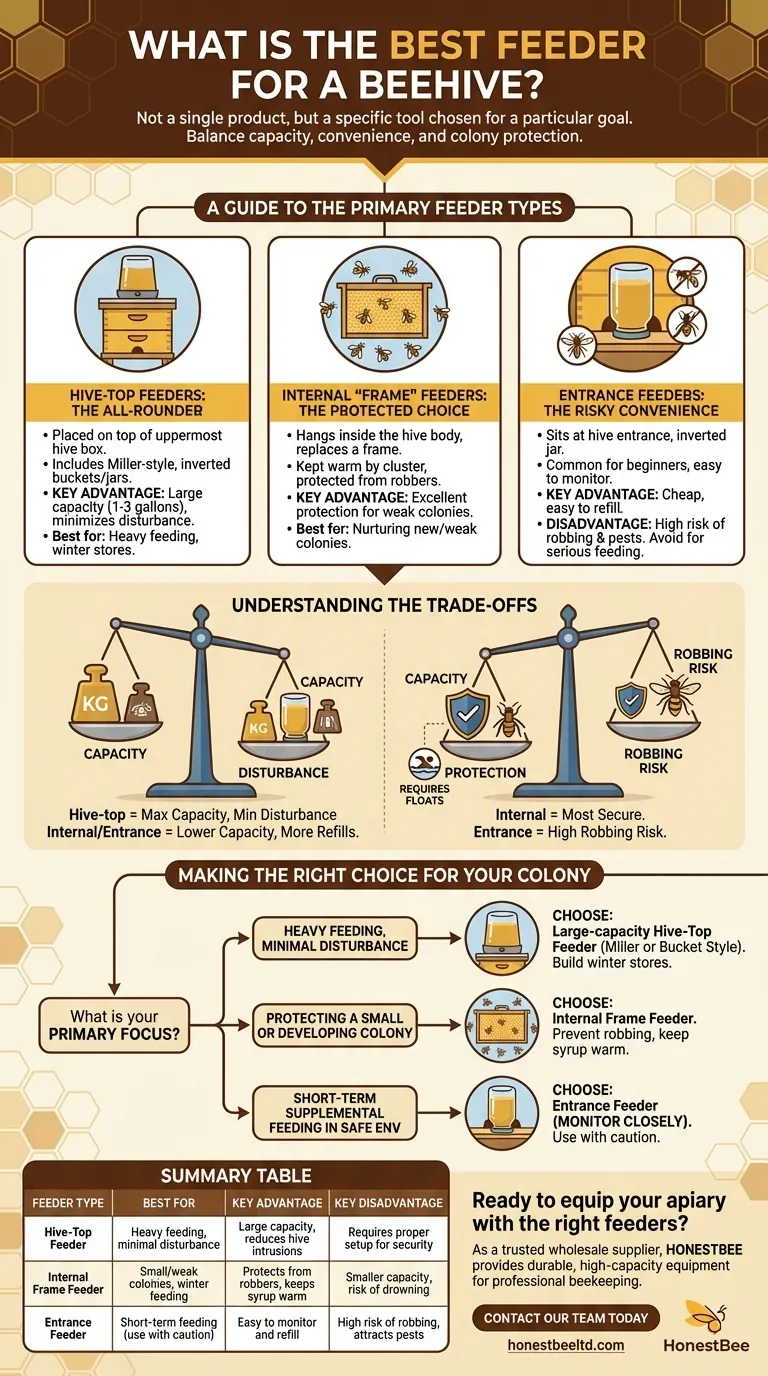
Related Products
- Professional Hive Top Bee Feeder for Beekeeping
- HONESTBEE Professional Hive Top Bee Feeder Feeding Solution
- Professional Hive Front Entrance Bee Feeder
- In-Hive Dual Compartment Frame Bee Feeder for Targeted Colony Nutrition
- Boardman Entrance Bee Feeder Durable Galvanized Steel and Wood Construction for Beekeeping
People Also Ask
- How to use a top feeder in a beehive? A Guide to Effective Beehive Feeding
- Do I need an inner cover with a hive top feeder? Optimize Your Hive Setup for Healthy Bees
- What is a top feeder for bees? Maximize Colony Health with Efficient Feeding
- What are the features of top feeders for bees? Maximize Hive Health with Safe, High-Capacity Feeding
- What are the advantages of using top feeders for bees? Maximize Feeding Efficiency & Colony Safety
